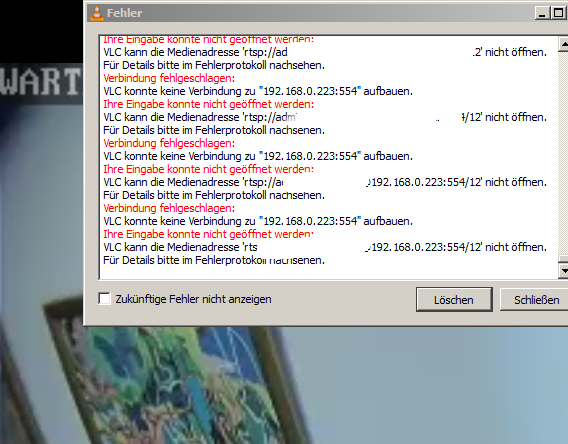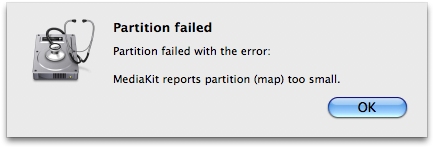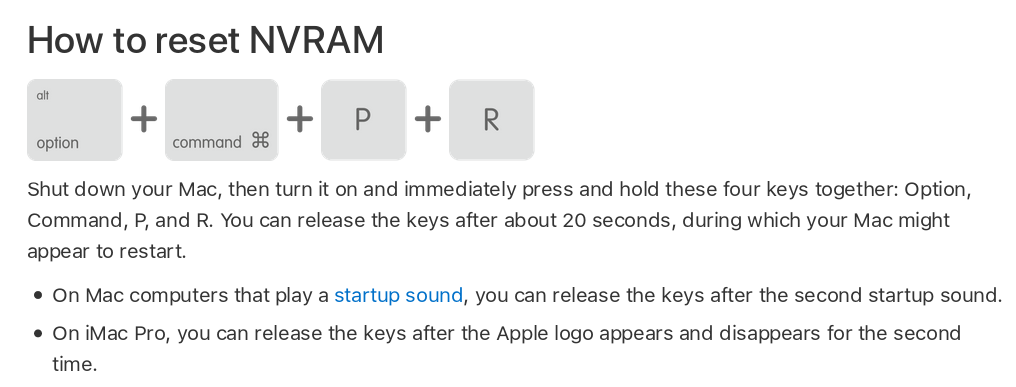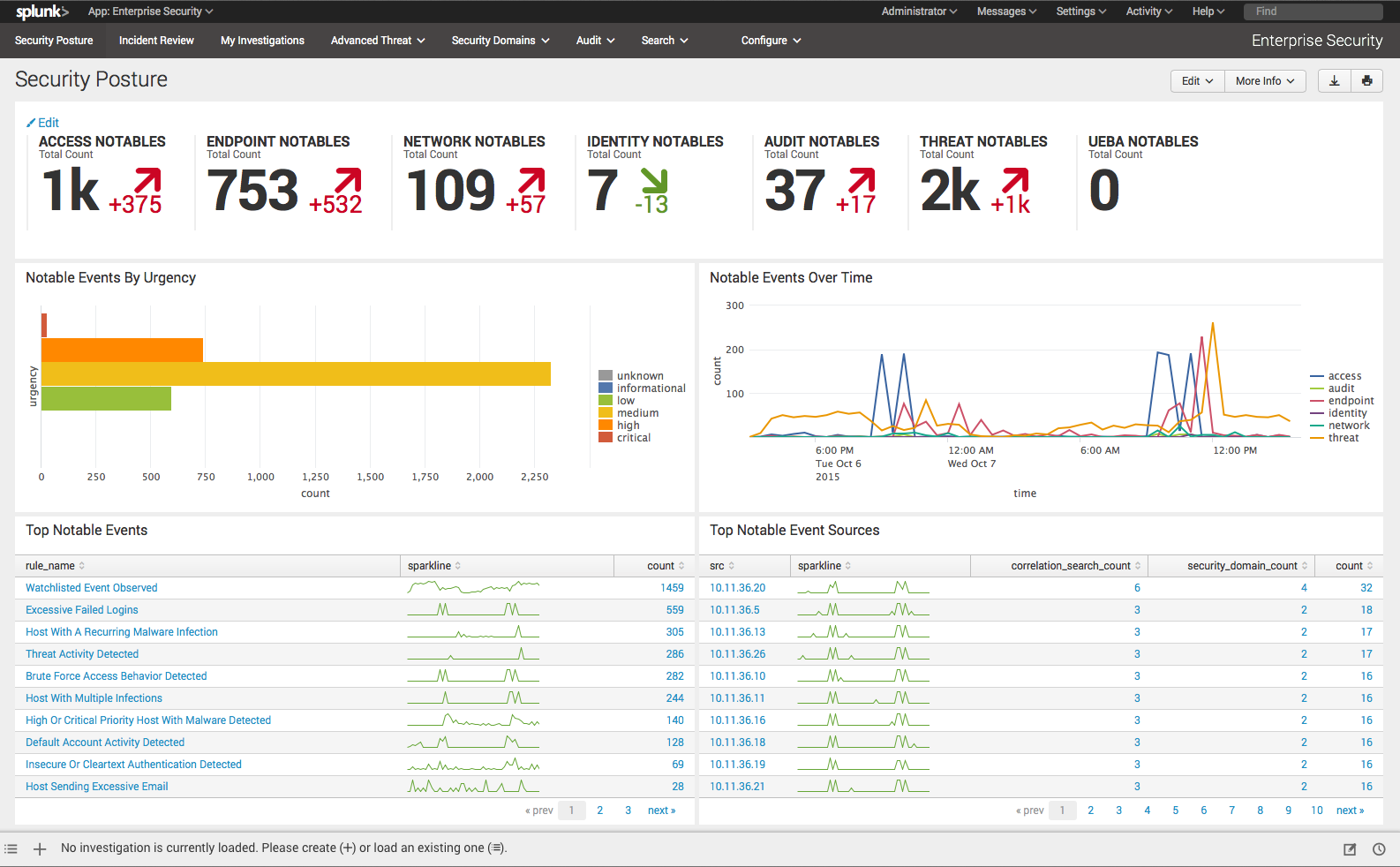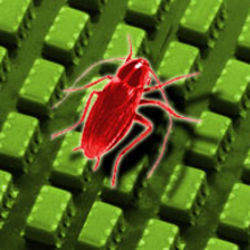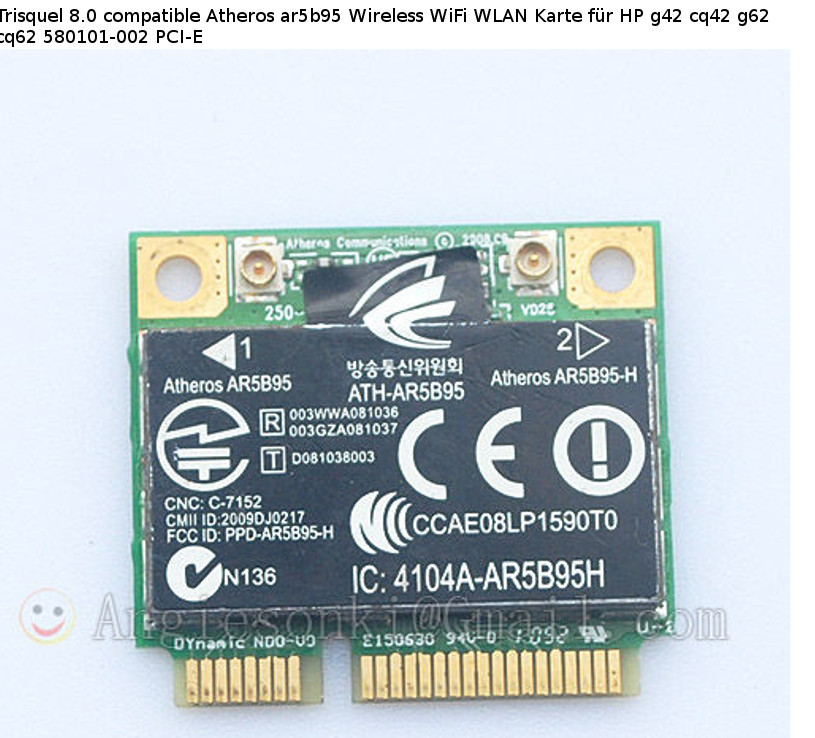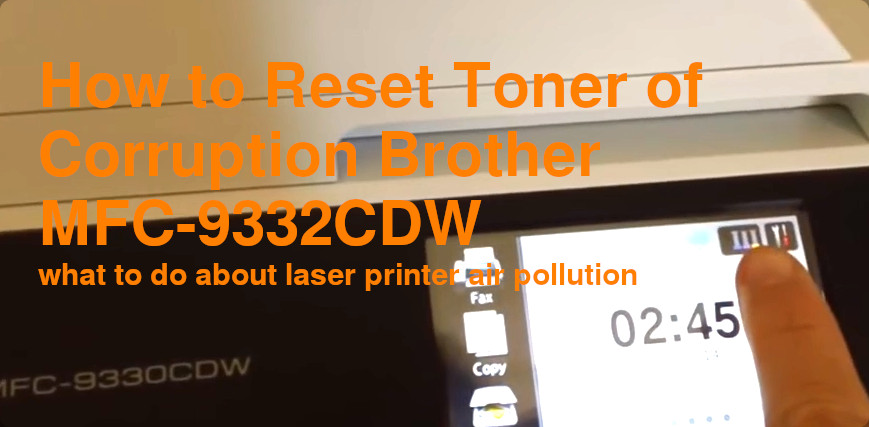long story short: “The Year 2038 problem is where the Unix time can no longer be stored in a signed 32-bit integer and thus after 19 January 2038 will begin wrapping around as a negative number for representing the number […]
https://youtu.be/70Blz9hyAz8 https://devtube.dev-wiki.de/videos/watch/f979469f-5fd1-4c40-a8c4-706c20c001f7 While “backdoors” in hardware sound like a good idea… you don’t know how hackers are using it to sabotage infrastructure or extort bitcoins of another country’s companies… see “backdoor in cisco router“. IT IS F**** DANGEROUS! ESPECIALLY if […]
update: 2024-04: having problem connecting to camera with vlc? (rstp not well documented or not working at all? try this: easy camera stream identification with ONVIF: it is a DAMN hussle, because EVERY camera vendor does it’s own rstp://user:password:ip.ad.dr.ess:/some/url/stream and […]
checkout the space weather today 🙂 “Schwabe cycle, is a nearly periodic 11-year change in the Sun’s activity” (src) but the sun’s particles ALSO shield from even more outer space radiation BUT the sun is ALSO protecting Earth & Mars […]
We all want RELIABLE technology to serve mankind – not pollute the planet and the oceans. For this to play out right – it is important to ONLY buy HIQH QUALITY products – that are hopefully manufacturerd IN YOUR COUNTRY […]
aim: the harddisk of a macbook has grown too small (256GB), so all data shall be transferred to a new bigger harddisk (512GB SSD) hardware: you will need an external harddisk and switch in your new bigger harddisk. usb to […]
https://youtu.be/1LMIfdIDh7I Macs used to be overpriced high quality hardware: this iMac model A1418 with Retina Display costs 1500€ and it does not even come with an SSD! DESPITE i5 QUADCORE CPU AND 8GB OF RAM – IT IS HORRIBLY SLOW! […]
Update: 2024 unfortunately also some ARM CPUs are affected by Spectre v1 and v2. Update: 2020.03 “The newly developed Rowhammer- attack TRRespass can crack the RAM-a security mechanism by many DDR4-DRAM-modules as well as LPDDR4 Chips. Until now, these were […]
monitor (andoird) devices with bpf: https://www.socallinuxexpo.org/sites/default/files/presentations/bcc-scale.pdf so guess “monitoring” is about two things: availability and performance: detect performance bottlenecks get informed if parts (harddisks) / servers have failed / are about to fail security: detect, report and (if possible) automatically […]
Update: 2018.04 the cameras could not see the lane’s properly because the lane paint has worn off… what algorithm is going to fix this? believe me or not – doing self driving car’s is almost as complex and difficult to […]
Update: 2018.12: ForeShadow – guest reading Level1 Cache of host ForeShadow (known as L1 Terminal Fault (L1TF) by Intel)[1][2] is a vulnerability that affects modern microprocessors that was first discovered by two independent teams of researchers in January 2018, but […]
to protect users’s privacy: NEVER GIVE IT YOUR WIFI PASSWORD! pros: integrates well with linux (plug into usb behaves like flashdrive) very power efficient reader cons: like Alexa, it’s a spying machine The kindle’s battery lasts very long up to […]
“The Unix Philosophy in One Lesson” “All the philosophy really boils down to one iron law, the hallowed ‘KISS principle’ of master engineers everywhere:” “Keep It Simple, Stupid” or “Keep It Super Simple” (less offensive) The Unix philosophy emphasizes building […]
It is actually a scandal that the world depends on chips and operating systems – that are designed to do mass-surveillance – it seems – in order to build up a world-wide-dictatorship that no-one can escape… by information and money. […]
massively interesting article in German “how much do they know?” https://www.kuketz-blog.de/datenhaendler-wir-sind-glaesern-datensammler-teil1/ security alert: modern cpus from intel and amd have an build-in backdoor i just wonder when there will be an automatic self-destruction mechanism in your HARDWARE – “ah. You […]
checkout this post: EDIMAX EW-7612UAn V2 THE ONLY (?) GNU Linux WIFI WLAN Adapter that works OUT OF THE BOX on all GNU Linux systems (ODROID RASPBERRY AND Desktop GNU Linux) Recommended tested Hardware – Superb Wifi WLAN Adapter Chipset […]
it’s so annoying… the brother devices report “toner low” and STOP PRINTING 😀 based on the page-count… not the actual toner-levels. (there used to be “windows” on the side of the toners so you could see (and the device detect) […]
… in theory it should not be THAT hard to swap the interal harddisk for an SSD and give the laptop some boost. TO BE HONEST: IT CAN BE DONE – BUT YOU GONNA WASTE A LOT OF TIME if […]
“Bei Lithium-Ionen-Akkumulatoren führt eine Tiefentladung auf unter 2,4 V zu irreversibler Schädigung und zu Kapazitätsverlust. Sinkt die Spannung einer Zelle auf unter 1,5 V, sollte sie nicht mehr verwendet werden. Es ist sehr wahrscheinlich, dass sich Kupferbrücken ausgebildet haben, welche dann zu […]
It’s really horrible… older and cheap (Siemens?) monitors are not compatible with newer DisplayPort -> DVI or HDMI -> DVI signals. NO MATTER YOUR SETTINGS! If there is no output… try a newer monitor… if there is output… you know […]
NO PANIC! as the user might know a kernel-panic is just as bad as a human-panic, yes supply chain attacks are bad… very bad… as can be seen with the SolarWinds(hacked)->product for Network management used by many Top100 companies including […]
haben hier ein: Aldi Medion Lifetab Tablet MD 98486 E10312 Lässt sich nicht mehr laden/anschalten… alles versucht auch über USB nicht aufladbar. verwendete Hardware: TVE101S v1.2.1 = Rockchip RK3066(Cortex-A9 dual-core),1.6GHz Ist es möglich das defekte Bauteil zu identifizieren und zu tauschen? (S.h. […]



